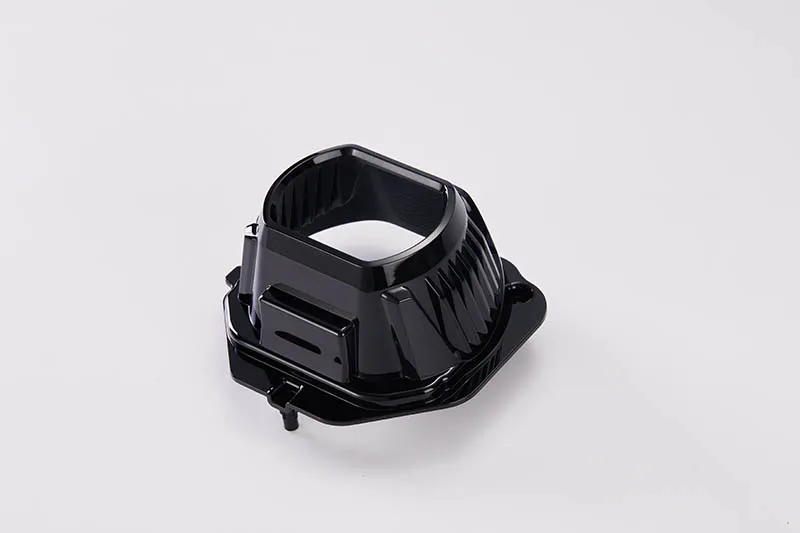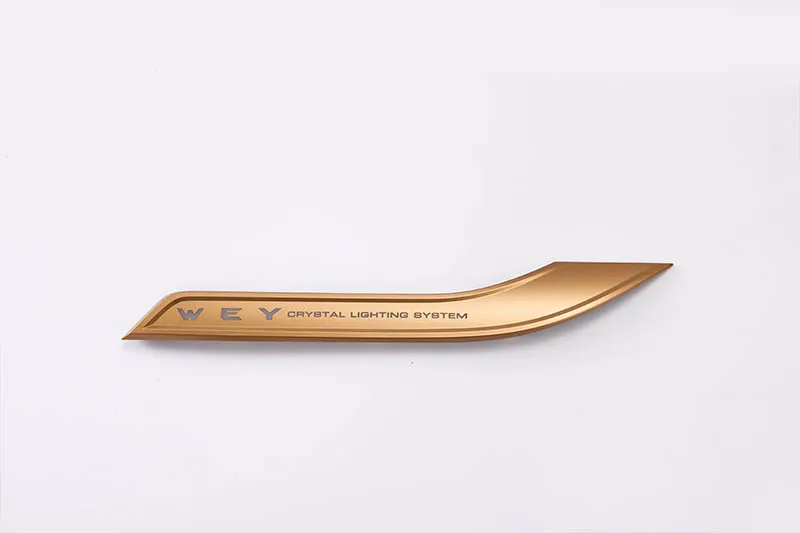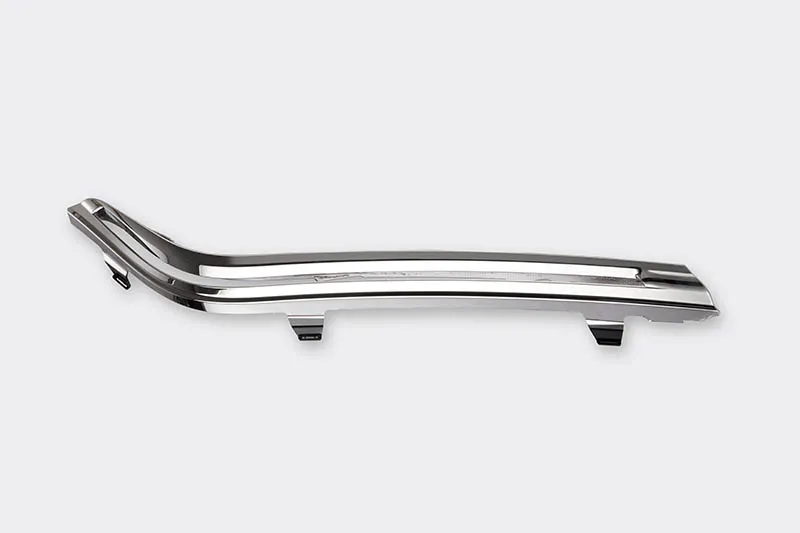Introduction
Automotive parts play an essential role in ensuring the overall performance, safety, and comfort of a vehicle. From the engine that powers the car to the suspension that provides a smooth ride, each part has a unique function that contributes to the vehicle’s efficiency. Over the years, the automotive industry has continuously evolved, with advancements in materials and technologies ensuring that every component functions seamlessly. This article explores the importance of key automotive parts, how they impact performance, and why maintaining their integrity is crucial for ensuring vehicle safety.
Engine Components: Ensuring Optimal Performance
At the heart of every vehicle is its engine. The engine is responsible for generating the power needed to propel the vehicle, and it consists of many critical components that must work together harmoniously. These components include:
- Pistons: Pistons are the heart of an internal combustion engine. They move up and down within the cylinders, creating the force that powers the car. Pistons must be durable and capable of withstanding extreme temperatures and pressure during the combustion process. High-quality pistons made from materials like aluminum alloys are essential for optimal engine performance.
- Valves: Valves control the flow of fuel and exhaust gases into and out of the engine’s combustion chamber. If the valves fail or become misaligned, the engine can misfire, resulting in decreased performance and efficiency. Regular maintenance of the valve system ensures the engine runs smoothly and at peak performance.
- Timing Belt: The timing belt connects various engine components, including the camshaft and crankshaft, to ensure proper timing of the engine’s cycles. A malfunctioning timing belt can lead to engine failure, so it’s essential to replace this part periodically.
Without these and other engine components, a car cannot function efficiently. Regular maintenance of engine parts helps keep a vehicle running smoothly, ensuring optimal fuel efficiency and minimizing the risk of breakdowns.
Suspension System: Ensuring Comfort and Handling
The suspension system is responsible for providing a smooth ride by absorbing the shocks and vibrations that result from road irregularities. Components of the suspension system, such as shock absorbers, springs, and struts, ensure that the vehicle remains stable, regardless of the road conditions.
- Shock Absorbers and Struts: Shock absorbers reduce the impact of bumps, dips, and rough terrain by converting kinetic energy into heat. Struts, which combine shock absorption and structural support, help to maintain vehicle stability during cornering and braking. Worn-out shock absorbers can lead to poor handling and discomfort, especially when driving over rough roads.
- Springs: Springs support the weight of the vehicle and allow the suspension to compress and rebound. Without properly functioning springs, a vehicle would struggle to maintain balance, leading to poor handling and unsafe driving conditions.
Maintaining the suspension system is crucial not only for comfort but also for the safety of the driver and passengers. Faulty suspension components can cause the car to lose traction, leading to a higher risk of accidents, especially during sudden maneuvers or emergency stops.
Braking System: The Cornerstone of Vehicle Safety
The braking system is one of the most critical safety features of a vehicle. It is responsible for slowing or stopping the vehicle, preventing accidents, and ensuring safe operation in all conditions. The key components of the braking system include:
- Brake Pads: Brake pads create the friction needed to stop the vehicle when they press against the brake rotor. Over time, brake pads wear down and lose their ability to effectively stop the car. Regularly replacing worn brake pads ensures that the car can stop efficiently and safely.
- Brake Rotors: Brake rotors work in conjunction with the brake pads to slow down the car. Overheating or excessive wear can lead to brake fade, where the braking performance diminishes due to overheating. Proper maintenance, including resurfacing or replacing worn rotors, is essential for ensuring reliable braking power.
- Brake Calipers: Brake calipers press the brake pads against the rotors. A malfunctioning brake caliper can lead to uneven braking, which can cause instability, especially at high speeds.
Maintaining the braking system is essential for vehicle safety. Regular inspection of brake pads, rotors, and calipers can prevent accidents and ensure that the vehicle can stop effectively in any situation.
Electrical Components: Powering the Vehicle’s Systems
Electrical components play a pivotal role in ensuring the smooth operation of various systems within a vehicle, including lighting, air conditioning, and safety features. The main electrical components include:
- Battery: The battery is the heart of a vehicle’s electrical system. It stores energy and provides power to start the engine and run electrical systems when the engine is off. A failing battery can cause a vehicle to stall or fail to start. Regular battery maintenance, such as cleaning terminals and checking voltage levels, can extend the life of the battery.
- Alternator: The alternator is responsible for recharging the battery while the engine is running and powering electrical systems. A malfunctioning alternator can result in a drained battery and the failure of essential systems such as lights, radio, and power steering.
- Wiring and Fuses: The vehicle’s wiring system connects all electrical components, while fuses protect against electrical overloads. Damaged wiring or blown fuses can lead to electrical malfunctions, causing problems ranging from malfunctioning lights to the complete failure of critical safety systems like airbags.
Ensuring that electrical components are regularly inspected and maintained helps prevent system failures, enhances the longevity of the vehicle, and ensures that critical safety features remain operational.
Air Conditioning and Cooling System: Maintaining Optimal Temperature
The air conditioning (AC) and cooling systems are responsible for regulating the temperature inside and outside the engine. These systems rely on components such as the radiator, condenser, and compressor to keep the car at an optimal temperature, preventing overheating and ensuring comfort for passengers.
- Radiator: The radiator helps dissipate heat from the engine by circulating coolant. Overheating can cause engine damage, so maintaining the radiator and checking coolant levels regularly is critical.
- Compressor and Condenser: The AC compressor pressurizes refrigerant, while the condenser releases heat. A malfunctioning compressor or condenser can result in the failure of the vehicle’s air conditioning system, causing discomfort for passengers during hot weather.
Regular maintenance of the air conditioning and cooling systems ensures that the vehicle operates at the right temperature, preventing potential engine damage and ensuring comfort during hot weather.
Tires and Wheels: Ensuring Traction and Stability
Tires are one of the most vital parts of a vehicle, directly affecting its traction, handling, and overall safety. Tires are the only point of contact between the vehicle and the road, so their condition is crucial for maintaining vehicle stability.
- Tire Pressure: Proper tire pressure is essential for maintaining traction, preventing excessive tire wear, and optimizing fuel efficiency. Low tire pressure can cause poor handling, reduced fuel economy, and increased risk of a blowout.
- Tread Depth: The tread depth of a tire ensures proper grip on the road, especially in wet or slippery conditions. Worn-out tires with insufficient tread depth can increase the risk of hydroplaning and reduce overall vehicle stability.
- Alignment and Balancing: Tire alignment and balancing ensure that tires wear evenly and the vehicle handles properly. Misaligned tires can cause uneven wear, leading to the need for premature replacement.
Ensuring that tires are properly inflated, aligned, and balanced enhances the car’s handling, safety, and fuel efficiency.
Conclusion: The Integral Role of Automotive Parts in Vehicle Performance and Safety
Automotive parts are the building blocks that ensure a vehicle operates efficiently, performs optimally, and provides safety for the driver and passengers. From the engine that powers the car to the tires that ensure traction, each component plays a vital role in the vehicle’s overall functionality. Regular maintenance and timely replacement of key parts such as brakes, suspension components, and electrical systems are essential for keeping the vehicle running smoothly. As the automotive industry evolves, the use of high-quality, durable parts is more important than ever in enhancing vehicle performance and ensuring safety on the road.







